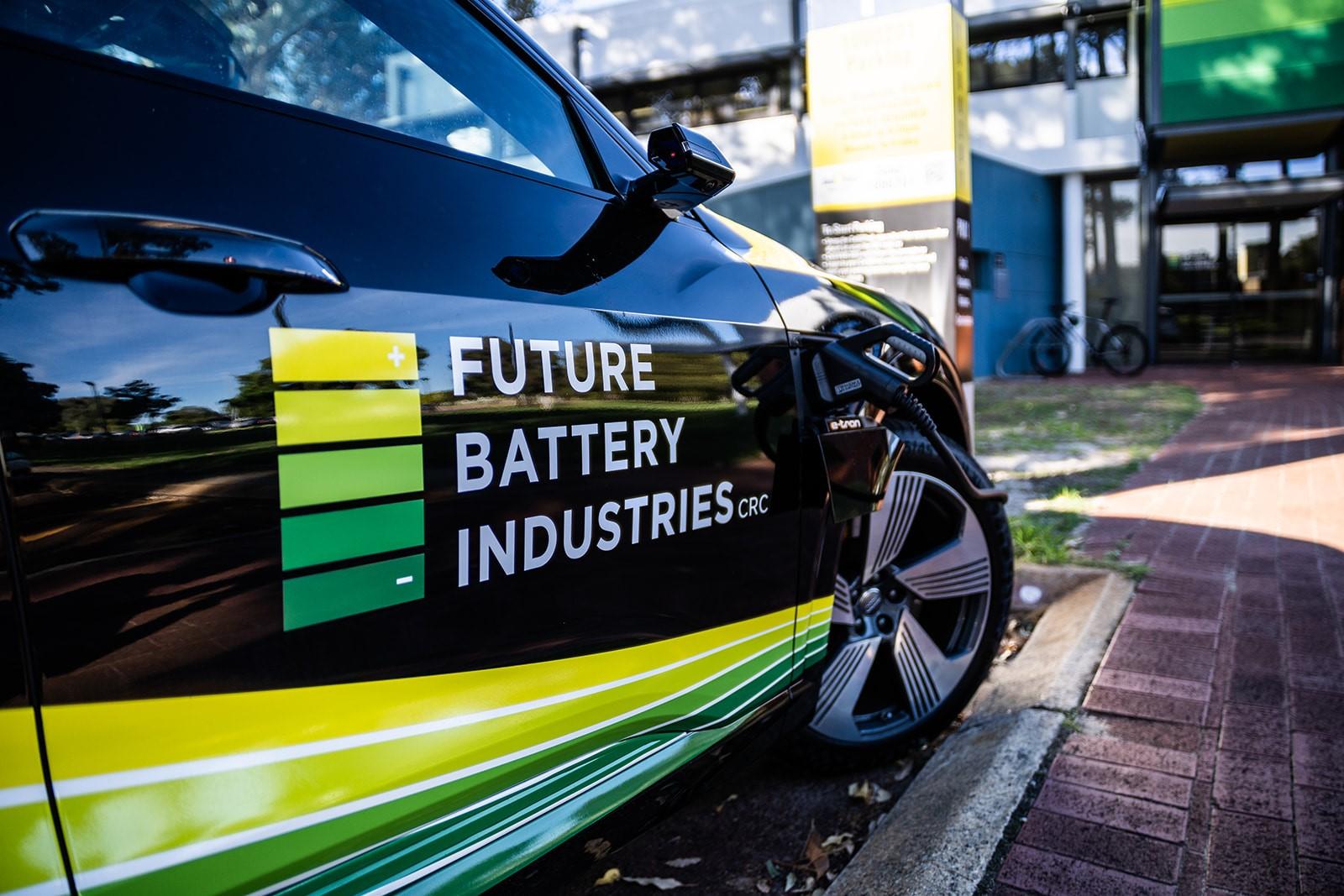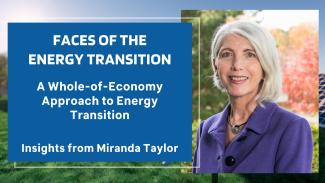
Energy Storage, a system that captures energy at one time and stores it for later use, is seen to be a crucial part of the backbone enabling Energy Transition. Industries are banking on Energy Storage to address the issue of variability and instability of renewable energy sources, and it is not disappointing given the rapid growth in capacity in previous years.
According to the International Energy Agency or IEA (2021), battery storage capacity grew by 50 percent in 2021 to reach a record-high 5 GW. China, Europe and the United States led the sharp rise, and utility-scale installations comprised around two-thirds of total added capacity.
However, IEA noted that much faster growth is required for capacity to reach 600GW by 2030 and be on track of our goal to have Net Zero Emissions by 2050.
To join the global conversation on Energy Storage, we invited Shannon O’Rourke, Chief Executive Officer of Australia-based Future Battery Industries Cooperative Research Centre (FBICRC). Prior to joining FBICRC, Shannon was with Woodside Energy for more than 14 years. He was General Manager for New Energy at Woodside Energy, where he founded the company’s Hydrogen, Carbon and Carbon Capture and Storage Businesses. He also has over 10 years of combined experience at Chevron and Diamond Offshore.
Read his insights below.
How important is the role of Energy Storage (ES) in the Energy Transition? How huge is its potential to accelerate Energy Transition?
Energy storage is essential to enable an energy transition. Most renewable generation technologies are both intermittent and seasonal, which means that energy storage is essential to supply reliable energy when it’s needed. It’s essential that the world starts to deploy energy storage at scale to enable the net zero transition.
The opportunity for energy storage is huge. In a net-zero world, the IEA forecast that energy storage will account for 70% of all renewable energy expenditure, eclipsing the investments in wind, solar and hydrogen.
In terms of potential to accelerate the energy transition, maybe I can give an example which is close to home. In Western Australia, we have one of the highest penetrations of rooftop solar in the world (39%). So high that the government has introduced measures to curtail residential production. More energy storage is essential to enable greater amounts of intermittent and seasonal renewables on the grid; without it, the energy transition stops.
What are the industries/sectors essential to ensure Energy Storage will realise its full potential? And which countries would you consider are major players for these industries/sectors?
Batteries, as one class of energy storage, rely on a range of industries. Mining, Mineral Processing, Chemical Production, Materials Production, Manufacturing, Installation and Servicing. Batteries are supported by power equipment which includes industries that manufacture power electronics, silicon ingot production, chip manufacturing, electronic components, assembly, switchgear. Energy storage needs this broad array of industries to reach its potential.
China, Japan, South Korea are major players in the midstream industries, but Europe, the US and Australia are targeting an increased market share.

What are the barriers for ES to realise its full potential to accelerate Energy Storage? How do we address these barriers?
There are two key barriers for energy storage to realise its potential. The first is that energy storage is not fully valued on a grid, second is that the essential minerals to underpin growth in energy storage are limited.
It takes a wide variety of services to keep a modern grid running. Energy storage can provide many of these services but in most markets can only capture revenues from capacity charges, frequency control and price arbitrage. Greater market access to these services is necessary. We also need to think creatively about how to encourage energy storage that reduces the need for investment in the grid.
Secondly, the critical minerals necessary to support large scale energy storage are in short supply. As the world consumes these minerals at an increasing pace, their cost may increase which has the potential to increase the cost of energy storage. We need a diversity of energy storage technologies so that we can reduce the pressure on limited supplies and keep the cost of an energy transition low.
What ES technologies are widely used nowadays in industries? Are there emerging ones we can expect to be more popular in the coming years?
There are many energy storage technologies used today. Pumped hydro and concentrated solar thermal incorporate energy storage as part of their generation system. People will be familiar with lithium ion batteries which are used for both electric vehicles and short duration energy storage. Sodium sulfur batteries are used in some applications. Flow batteries are popular for both utility scale and residential applications, such as vanadium (e.g. Ultra Energy) and zinc bromine systems (e.g. Redflow).
Emerging technologies include iron flow batteries, zinc air batteries; and power system technologies like vehicle to grid and vehicle to everything applications. Hydrogen will be an important energy storage technology at a point in the near future. Gravity based batteries are being considered for some remote applications where heavy blocks are stacked to consume energy or unstacked to generate energy.
Sources: Energy Storage (2021). International Energy Agency. Retrieved 10 March 2022, from https://www.iea.org/reports/energy-storage
About Future Battery Industries Cooperative Research Centre (FBICRC)
The FBICRC was established in 2019 through the Australian Government’s Cooperative Research Centre Program. We bring together 70 participants across 15 research projects and are the largest partnership of industry, government and researchers focused on battery industries in Australia. Our projects are valued at $120million and span the value chain from mining through to processing, manufacture, services and recycling and reuse of batteries. Our aim is to capture the significant economic opportunities for Australia from the growing battery industry and address the challenges associated with the energy transition.
Subscribe to our Newsletter
Related Blogs

Energy Storage Technologies In The Spotlight
Given its critical role in the Energy Transition, this month’s spotlight is on Energy Storage Technologies. We have compiled a list featuring eight (8) innovative technologies. There are many technologies available for Energy storage, but they all differ based on these key characteristics: energy density, lifespan, materials used, cost, application, efficiency and safety. Here you will find novel technologies that are in testing phase with key industry players as well as proven ones that have already been deployed in operational environments.

Innovation and the Fast-Changing Energy Sector by Dr. Robert Perrons
With the rapid technological changes in the sector coupled with sustainability being a central concern for the industry, we find it helpful to thresh out some of the key issues surrounding technology and innovation in the energy sector. In this blog you can read Dr. Robert Perrons' (professor of Technology Management and Strategy at the Queensland University of Technology) insightful answers to our questions on innovation in the energy sector.

A Whole-of-Economy Approach to Energy Transition by Miranda Taylor
What can other industry sectors do - individually and collectively – to accelerate their action to achieve net zero carbon emissions? We invited energy and resources industry expert Miranda Taylor to give her insights into this ‘economy wide’ approach and how the different sectors are influencing each other to act.
